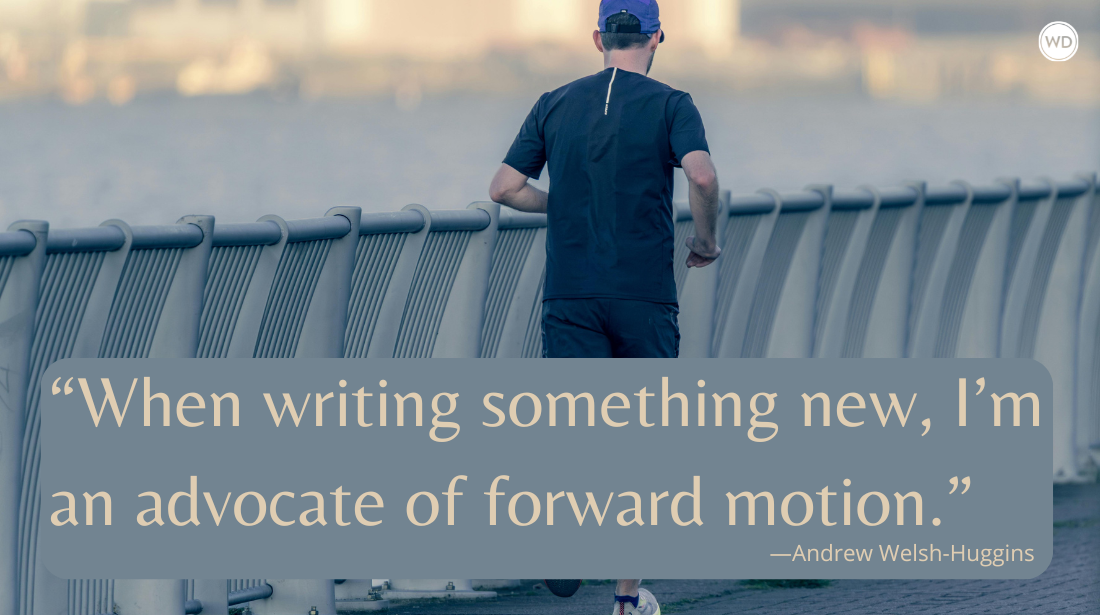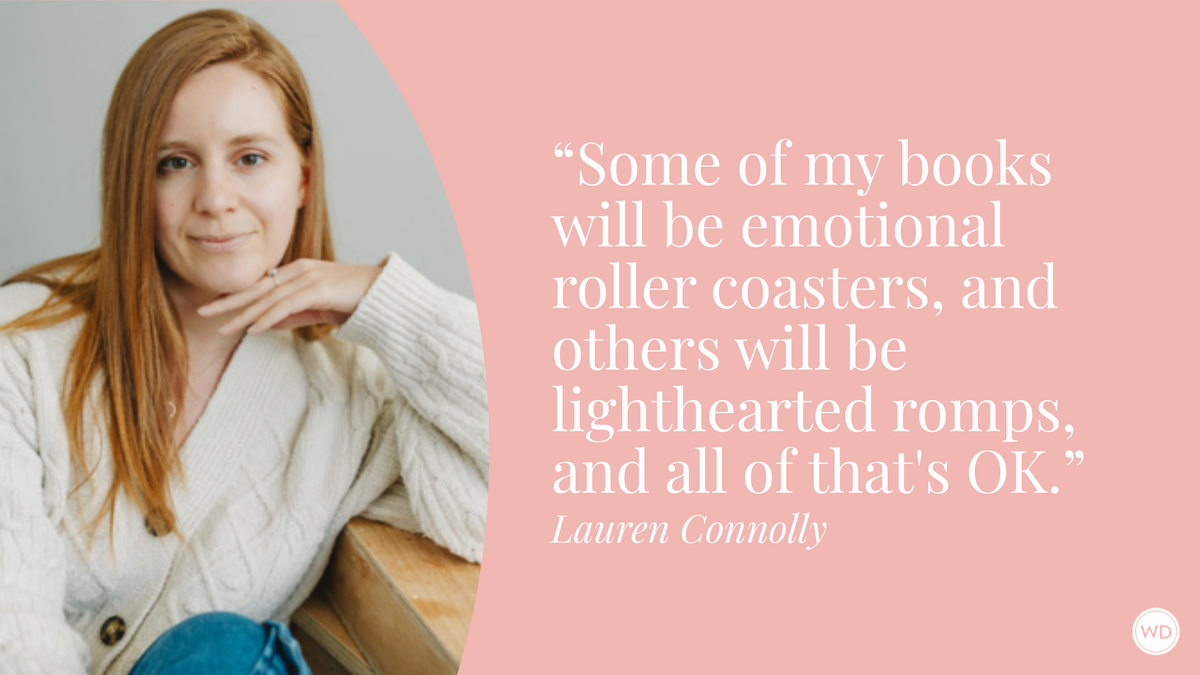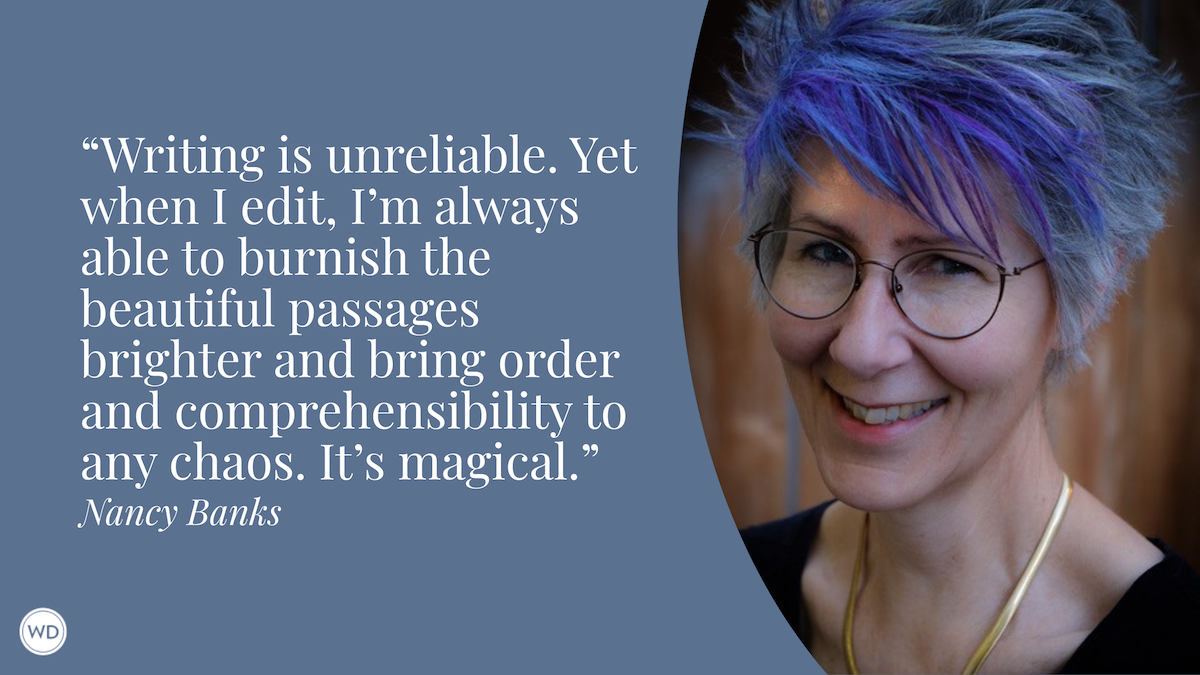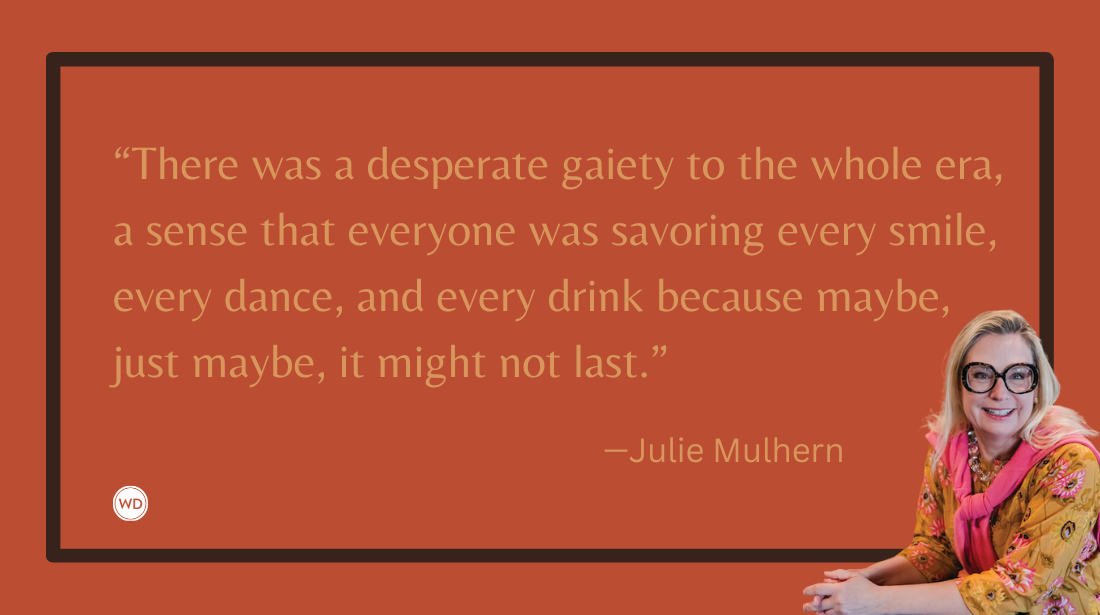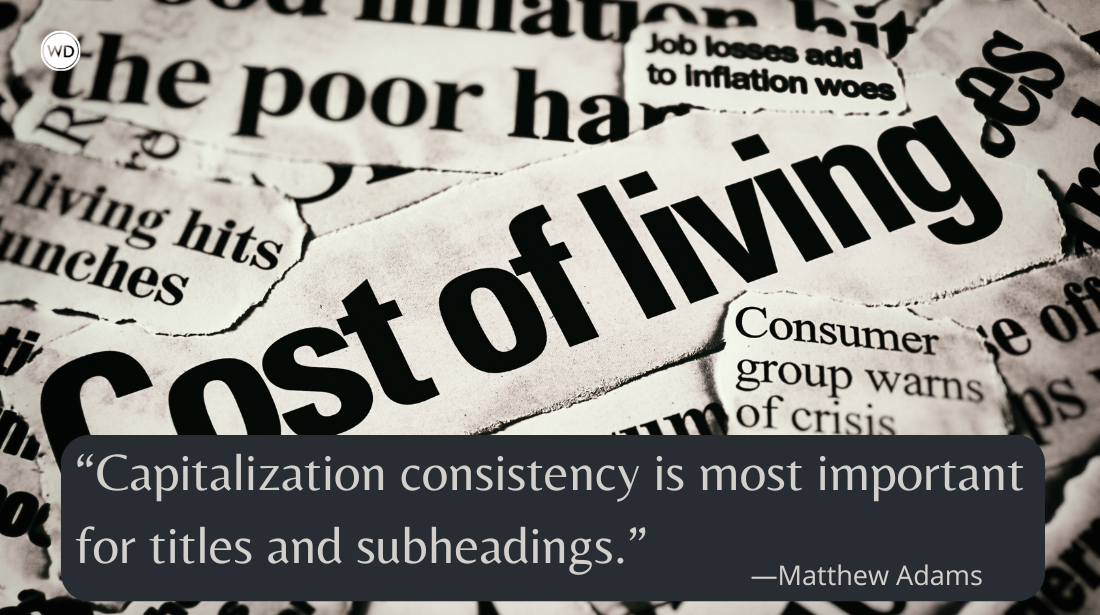Taking the Mystery Out of Writing History
Let me just say that I offer these tips on writing historical fiction from my own limited experience. Doubtless there are other more serious writers out there who will glance…
Let me just say that I offer these tips on writing historical fiction from my own limited experience. Doubtless there are other more serious writers out there who will glance over my measly list and scoff at its inadequacy—“Where is the section on research?” they might harrumph—and yet, I offer it anyway. I’ve lost track of how many readers have commented or written to me to say, after reading my novels, “I felt like I was really there,” so I must be doing something sort of right. But who am I? A plucky upstart when compared with the historical fiction giants. But I’ll give it a stab . . . for what it’s worth!
This guest post is by Michelle Cox. Cox holds a B.A. in English literature from Mundelein College, Chicago, and is the author of the award-winning A Girl Like You, the first in the Henrietta and Inspector Howard series. She is known for her wildly popular blog, “How to Get Your Book Published in 7,000 Easy Steps -A Practical Guide” as well as her charming “Novel Notes of Local Lore” - a blog dedicated to Chicago’s forgotten residents. Michelle lives with her husband and three children in the Chicago suburbs.
1. Sprinkle your text with period details, but don’t go overboard.
People don’t want to read long descriptions of how the building looks or the topography of the meadow the character is running through. A few adjectives is all you really need.
Critics of this suggestion may be tempted to point to any random novel by Dickens, in which he takes a whole paragraph to describe a single inanimate object, like a chair, for example. Maybe the Victorians embraced this type of writing because they only had words to paint pictures in their minds, as compared to the billions of images the modern person has been exposed to.
So one no longer needs to describe at great length the state of the chair in question; the author need only say “the rickety, straight-backed chair,” or something like it, and we can easily call up that data set in our mind. And just a side note: people love details about clothing, food and the weather. Stick mainly to those.
2. Don’t be smarmy with your background info.
Your characters may be hiding from the Germans in the Argonne Forest during WWI, but that doesn’t mean you should stick in a huge description of German troop movements or the Allies’ counter positions or supply routes or King George’s relationship with the Kaiser or field hospitals or civilian casualties or even a clever mention of the “lost battalion.” (See how boring this is getting?)
Just because you’ve done a huge mountain of research, it doesn’t mean it should be inserted. Convince yourself that the time spent researching wasn’t in vain, that you expanded your own breadth of knowledge and therefore are a better storyteller for it.
Give some credit to your readers that they are smarter than you think. They either know a lot of this already, being historical fiction lovers, or can figure out what they need to know from context.
3. Watch out for modern word usage or phrases.
This is a personal pet peeve! Once your manuscript is finished, spend one, solid read-through looking solely for modern words or phrases. Verbs are sometimes the hardest to catch.
Perception, however, is sometimes king here. Certain words sound too modern to insert, but which have actually been in use for a long time. A quick example is the phrase “hang out,” which has a modern ring to it, but which actually dates back to 1893. So, sadly, even if you are accurate in your word selection for the era, readers might not see it that way and duly categorize your writing as sloppy. So strive to be authentic, but with an eye to modern perceptions and expectations. I know. It’s not fair.
4. Also, be careful with your characters’ mindsets.
People want to be able to relate to their heroine – therefore, even if she is a medieval peasant, she can’t entirely have the mind of a medieval peasant. And yet she can’t be longing for equal rights and personal development, either. Again, a delicate balance has to exist here.
5. Watch a lot of T.V.
This sounds counterintuitive to a post about writing, but much can be learned by simply watching good period drama. Something along the lines of Grantchester; Upstairs, Downstairs; The Paradise; Mr. Selfridge; Call the Midwife; Foyle’s War; Miss Fischer’s Murder Mysteries; Lark Rise to Candleford; Wives and Daughters; Little Dorrit—you get the picture. (No pun intended!)
Watching a quality production is worth a lot of research time. This is a great way to train your ear to dialogue. Really listen to not just what they say, but how they say it. Look at the clothing, the hairstyles and the background set. Whatever catches your eye has been put there for a reason.
Use this same technique when planting details in your story. They should be scattered about enough to give your piece flavor, but not overpower it. The smoky haze in the pub; the cracked china cup in the cottage; the thin, gray, balling sweater that the heroine pulls tighter in the drafty barn; the lace curtains floating in the breeze in the back kitchen. All these are great details that your eye picks up and stores, adding to the richness of your viewing pleasure. Copy this!
Likewise, watching any well-crafted drama, period or otherwise, can help you in writing any sort of fiction, not just historical. It can immensely help your sense of pacing. A TV or film production only has so many minutes to convey the story, so every scene absolutely has to have a purpose and the story has to move along in a timely manner. Mastering this sort of selectivity is key to writing an engaging, successful novel.
Writing convincing historical fiction means being able to immerse your reader into that time and place by helping them to feel and smell and taste it, giving them just enough detail to fire their imagination but not too much to bore them. Keep it moving! It’s not everything you need to write historical fiction, but it’s a good start. Try it!
If you're looking to master everything from dialogue to different
styles of grammar, you'll get the best tools available for writing
fiction in this Write Great Fiction Collection of 12 great writing resources.
Click here to buy it now.
Thanks for visiting The Writer's Dig blog. For more great writing advice, click here.
Brian A. Klems is the editor of this blog, online editor of Writer's Digest and author of the popular gift bookOh Boy, You're Having a Girl: A Dad's Survival Guide to Raising Daughters.
Follow Brian on Twitter: @BrianKlems
Sign up for Brian's free Writer's Digest eNewsletter: WD Newsletter
Listen to Brian on: The Writer's Market Podcast
Brian A. Klems is the former Senior Online Editor of Writer’s Digest, and author of Oh Boy, You’re Having a Girl (Adams Media/Simon & Schuster). Follow him on Twitter @BrianKlems.




